Whether you lack sleep, are stressed, feeling ill, or just doing your normal daily routine, headaches can happen anytime. They can sometimes be painful and debilitating but what can you do to combat them?
Research has suggested that headaches may be resolved through natural alternatives. Obviously, repeated attacks or certain types of headaches could be a sign of something more serious and should be treated professionally.
But before we discuss the various natural ways of healing a headache, let’s discuss the primary types of headaches that an individual can experience:
1. Migraines
A person who has a migraine will characteristically feel an intense throbbing pain on just one side of the head. The person may experience a heightened sensitivity to light, sound, and smell. Nausea and vomiting are also common. The causes of migraine are not fully understood. They may be more common in people with certain pre-existing conditions.
2. Tension Headaches
A tension headache is one of the most common type of headache. It is pain or discomfort in the head, scalp, or neck, and is often associated with muscle tightness in these areas. Activities that can trigger tension headaches may include typing or other computer work, fine work with the hands, and using a microscope. Sleeping in a cold room or sleeping with the neck in an abnormal position may also trigger a tension headache.
3. Cluster Headaches
A cluster headache commonly awakens you in the middle of the night with intense pain in or around one eye on one side of your head. Fortunately, cluster headaches are mostly rare. Treatments can make cluster headache attacks shorter and less severe. Drinking alcohol may quickly trigger cluster headache.
4. Exertional Headaches
If you tend to develop a headache while exercising or start feeling a headache after you exercise, it’s likely that you’re suffering from exertional headache. It may be that the excessive perspiration that goes with these and other strenuous sports and the potential for dehydration can come into play.
5. Hypnic Headaches
A hypnic headache can sometimes be referred to as “alarm clock headaches”. Hypnic headaches only affect people when they’re sleeping. They often occur around the same time several nights a week. Experts aren’t sure what causes hypnic headaches. However, they seem to be a primary headache disorder, which means they aren’t caused by an underlying condition and should be assessed by a doctor.
If you are experiencing exertional or hypnic headaches, the best course of action is always to seek medical advice. However, for the other primary types of headaches which are typically harmless, you can try our handy list of natural alternatives which cannot only ease the pain in the head but can positively impact your health.
1. Cold Packs
Ice has been a remedy for headache for over 150 years now. Dr. Tania Elliott, chief medical officer at EHE once said that ice is often the ‘go-to’ to treat pain and inflammation, so it makes logical sense to be applied when your head hurts. Coldness on the skin can constrict blood vessels and help reduce the neurotransmission of pain to the brain. The brain focuses its attention to the coldness instead of the pain. Apply the ice pack for 15 to 20 minutes at a time. Where you apply the ice pack also makes a difference in how quickly you can experience relief. It is recommended to apply the ice in the form of a wrap, which can help reduce the pain and discomfort from headaches and migraines.
2. Heating Pad or Hot Compresses
Heat therapy has shown benefits in people with tension headaches. Heat stimulates nerve endings called thermoreceptors, which may block the pain signals from that area to the brain. Heat therapy also increases blood flow to the area and relaxes muscles. The increased blood flow is believed to help with pain because it increases oxygen, proteins, and other nutrients to the area in pain.
3. Ease Pressure on Your Scalp or Head
Headaches can also be triggered by wearable headgear. If your ponytail is too tight, try loosening it. If you are wearing a cap or headband for a long time, try taking it off to ease the pressure on your scalp and head. Eliminating the pressure may help make the brain focus on the relief and comfort and the air flowing through the hair or scalp rather than the pain itself.
4. Try Dimming the Lights
Some headaches are triggered by the eyes’ sensitivity to light, glare, and reflection. Sensitivity to bright light, flickering light, high-wavelength light (red), and low-wavelength light (blue) are commonly linked to migraines. You can also try reducing the brightness of your phone and your computer screen. Dimmed bedrooms can also be helpful in avoiding headaches. Adjusting the lighting at your place of work can be a challenging prospect, especially if you are employed in a large company. It may be a good idea to sit down and discuss the problem with your supervisor or another appropriate person in your workplace.
5. No to Chewing Gums
Your temporomandibular joint (TMJ) is the hinge that connects your jaw to your skull. Your TMJ allows you to talk, chew and yawn but the joint’s supporting muscles also can be the source of your migraines. Since our jaw is an essential part of our skull where most headaches occur, it is advised to limit intake of chewing gum. Furthermore, if a headache occurs due to strenuous chewing, you can gently massage your jaw muscles to ease the pain.
6. Caffeine Helps
Caffeine tends to constrict blood vessels, which would seem to cause pain by reducing blood flow. Caffeine may also help relieve pain by returning enlarged and painfully distorted arteries back to their pain-free state. Some people who consume caffeine whenever they have a headache may experience relief 30 to 60 minutes after consuming it. Caffeine is also added to some over-the-counter and prescription headache medications because there is some evidence that suggests it enhances the effectiveness of analgesics (medications for pain).
7. Massage and Relaxation
Since headaches can also be triggered by stress and anxiety, massage or relaxation techniques such as stretching, yoga, and a staycation may help. Getting a massage regulates the blood flow which is linked to reduced likeliness to experience a headache. In fact, you can do it on your own by following these simple steps:
- Sit down with your elbows on the table and your fingertips on your scalp (under your hair). Press and move your fingers in small circles, working your way back over your head.
- Sit up and place your fingers on the ridge at the base of your skull. Lean your head back as you press and move your fingers in a circle.
- Sit up and place your right arm on your left shoulder, pressing fingers into the muscle and working in small circles, raising and lowering the shoulder to get a deeper message. Repeat with your left hand on your right shoulder.
- Now try some simple stretches to help relax you. Lean your head gently to the right, toward your shoulder. Hold for a few breaths. Repeat toward the left.
A visit to the massage parlor is also advisable. Relaxation of the body has a huge impact on avoiding headaches and should be considered in doing whenever you experience a severe headache.
8. Take Some Ginger
Ginger is an important herb in Ayurvedic medicine, which is practiced in India. It is typically used in treating headaches, including migraines, healing an upset stomach, nausea and vomiting. Research has suggested that taking a half teaspoon of ginger in a warm water at the onset of a migraine attack has been shown to be as effective as taking over-the-counter medicines. You can also try mixing one-eighth of a teaspoon of powdered ginger in hot water. Drink it and see if your migraine lessens or goes away within a half hour.
9. Take Some Ginger Supplements
Many people don’t find drinking ginger mixed in hot water to be appetizing. What we can suggest is getting a supplement that has it. Nature’s Branch provides a premium Turmeric with Ginger supplement which is easy to take without all the stress! Not only you can experience the true benefits of ginger but also feel the amazing benefits of turmeric. Turmeric is known to aid digestion, help fight inflammation and supports primary aches like headaches and joint pain. The powerful combination of Turmeric and Ginger is the total package.
Our Turmeric and Ginger with Bioperine supplement has 95% standardized curcuminoids. We deliver a premium 1950mg complex of Turmeric, Curcumin, Ginger & Bioperine black pepper in 90 extra strength vegan capsules. Our Turmeric and Ginger supplement includes BioPerine for superior absorption and helps to reduce muscle pain, soreness, joint stiffness whilst promoting joint comfort and pain relief. Our Turmeric and Ginger capsules are also non-GMO, gluten-free and are proudly made in the USA and third-party tested for the highest safety, potency, and quality.
Get your Turmeric and Ginger bottle now and start taking care of your health!


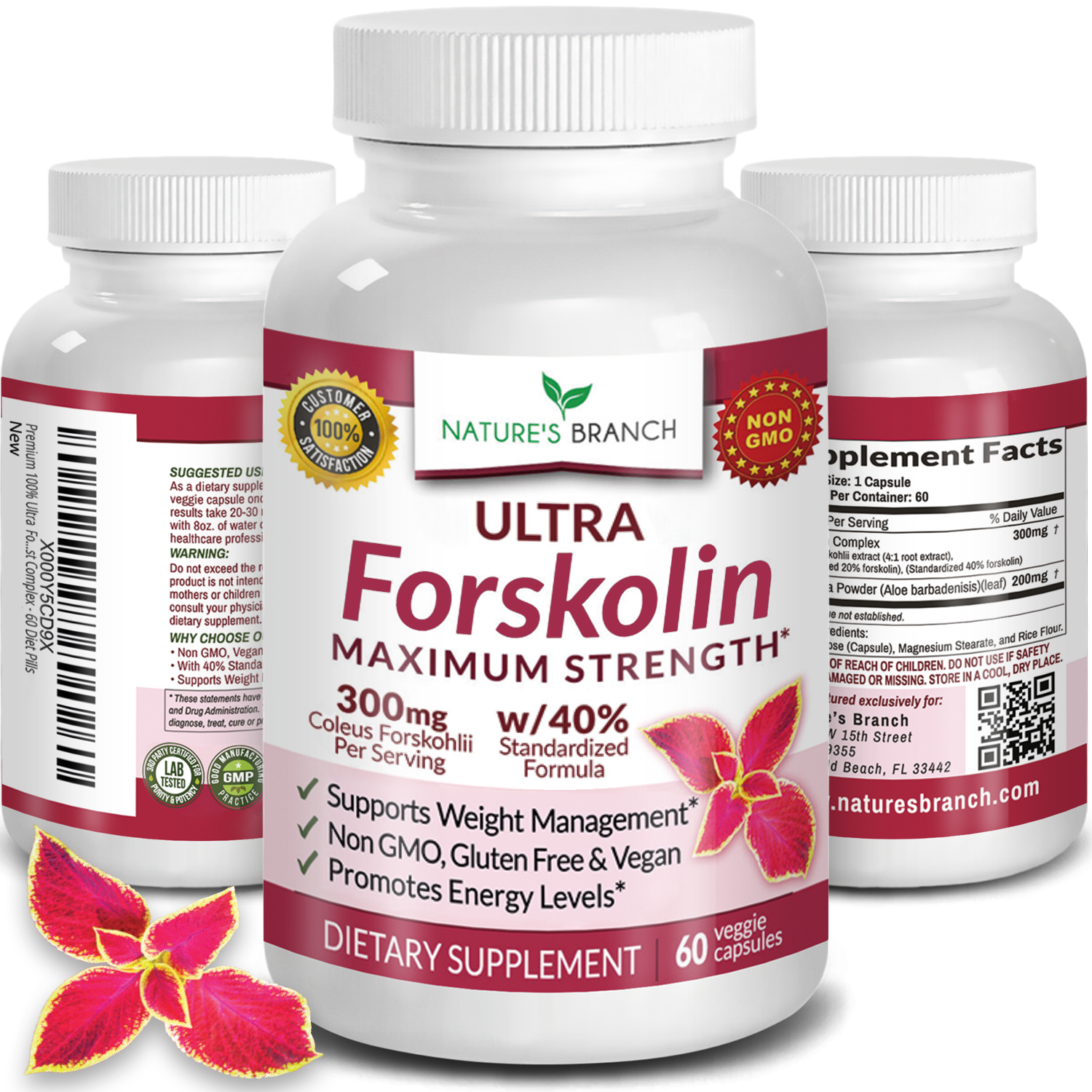
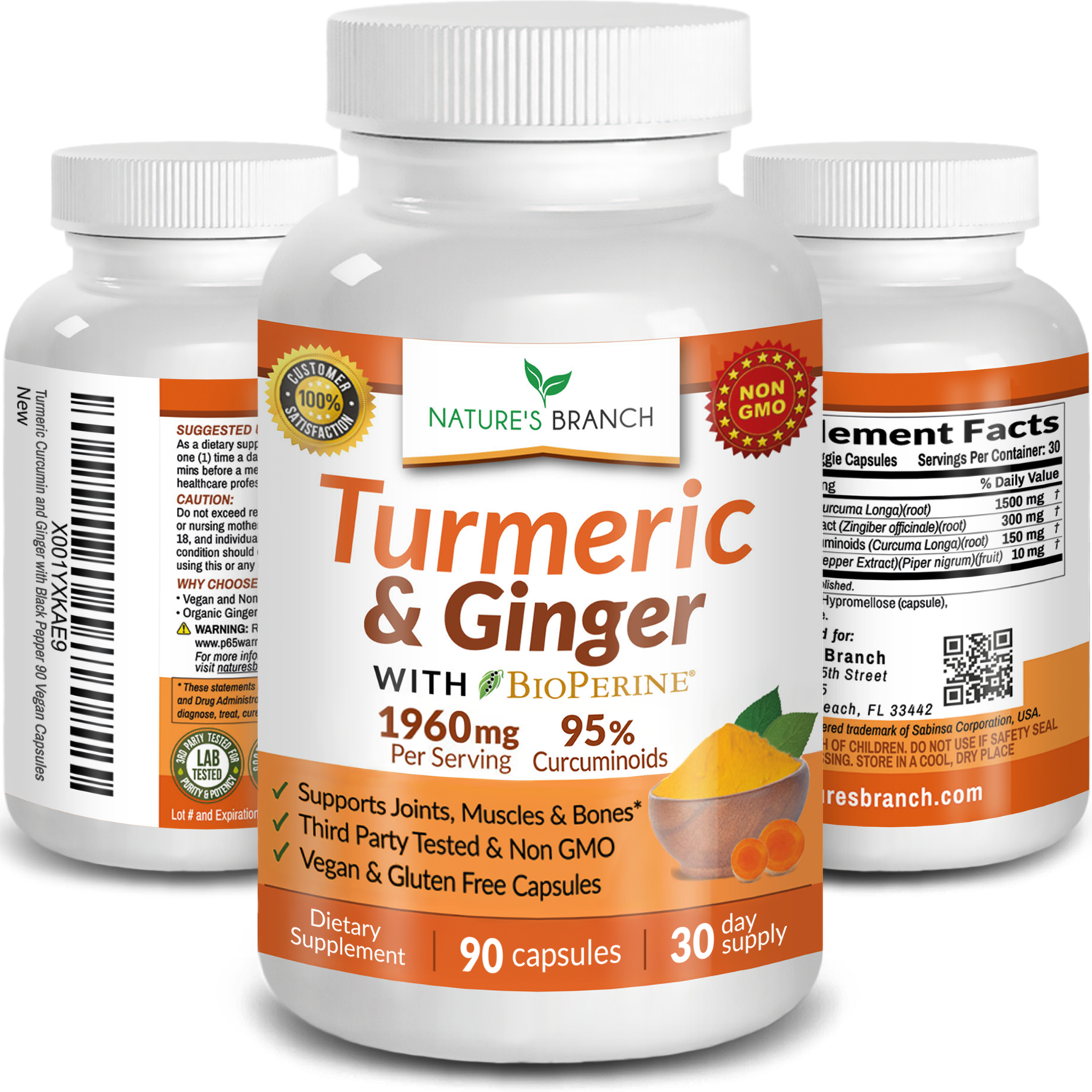
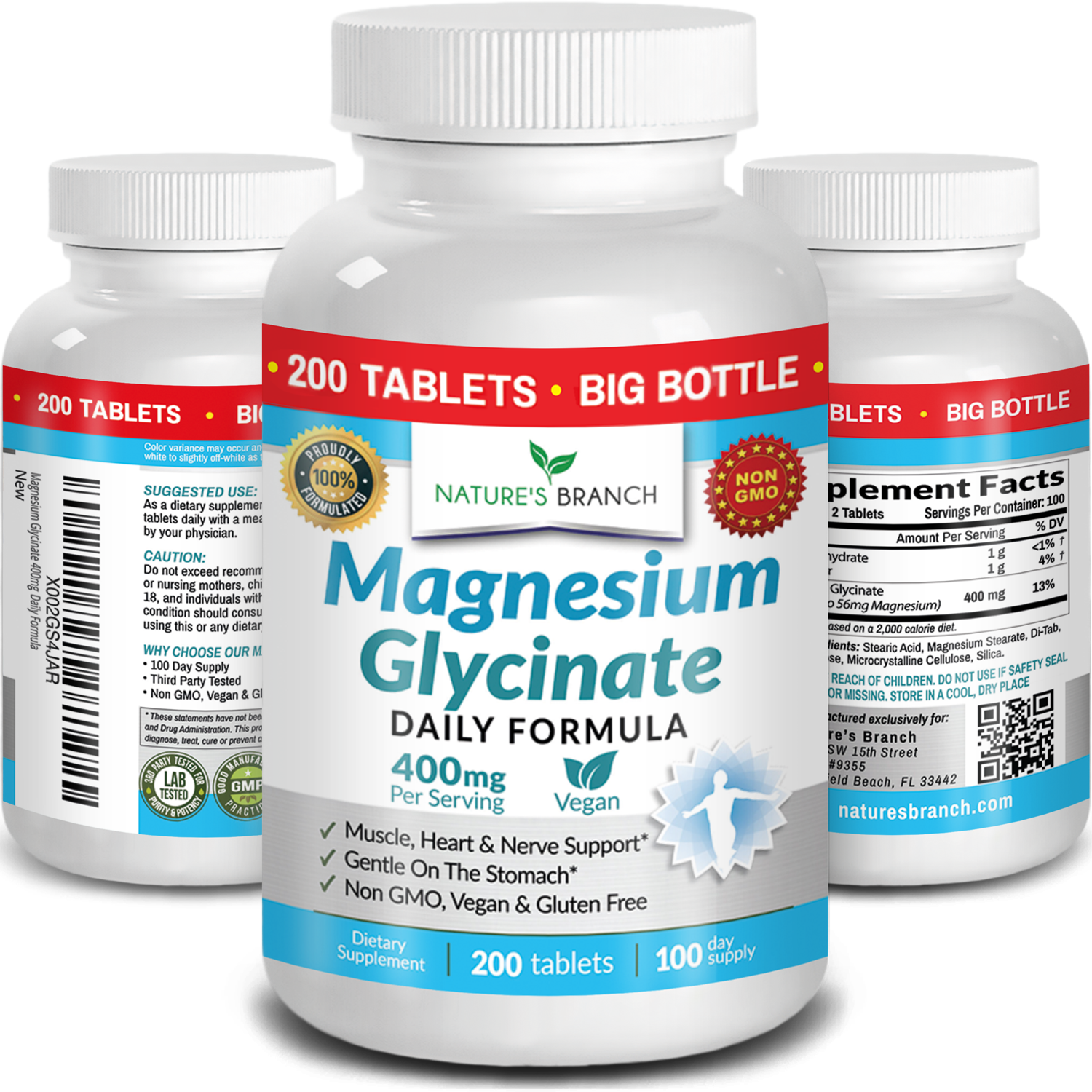
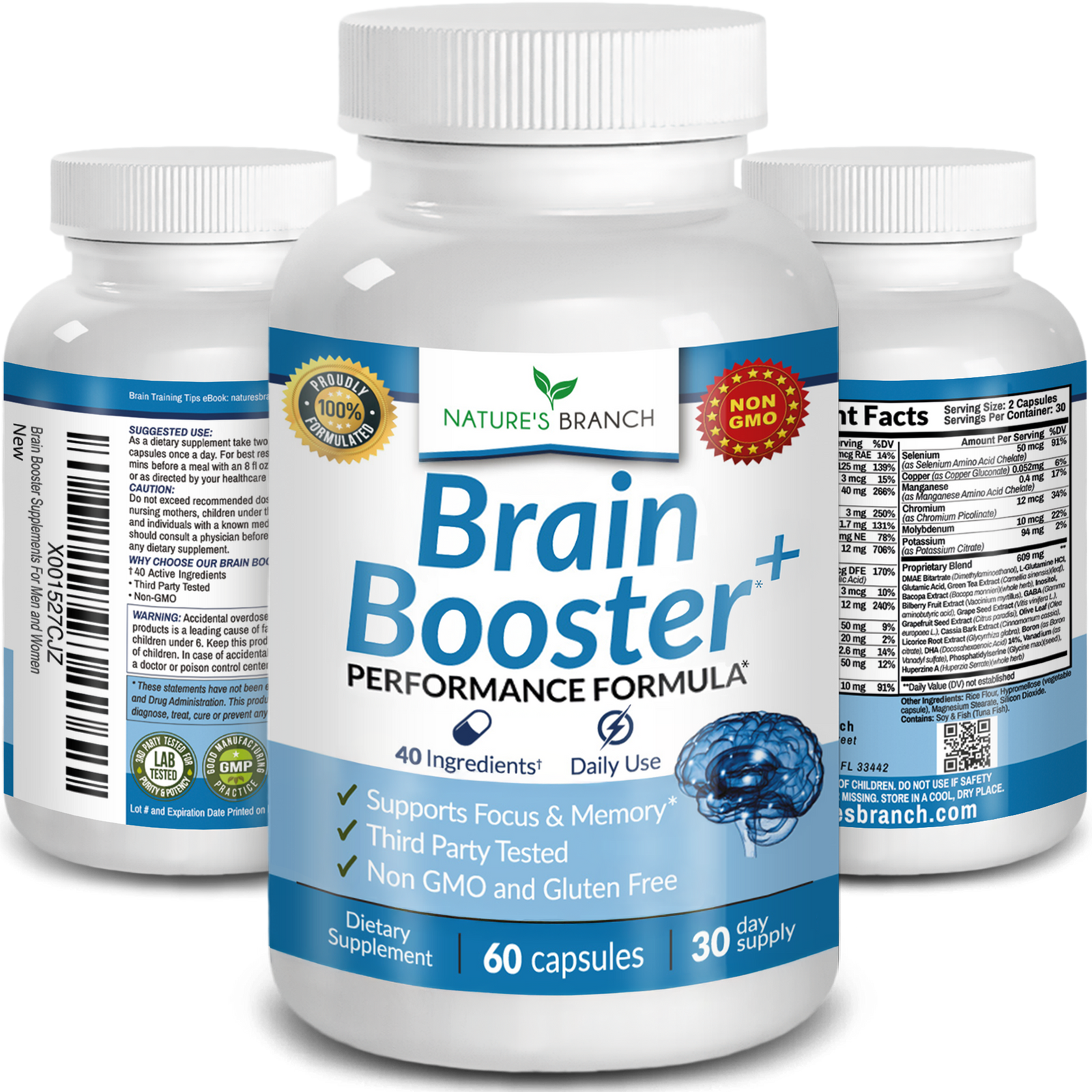





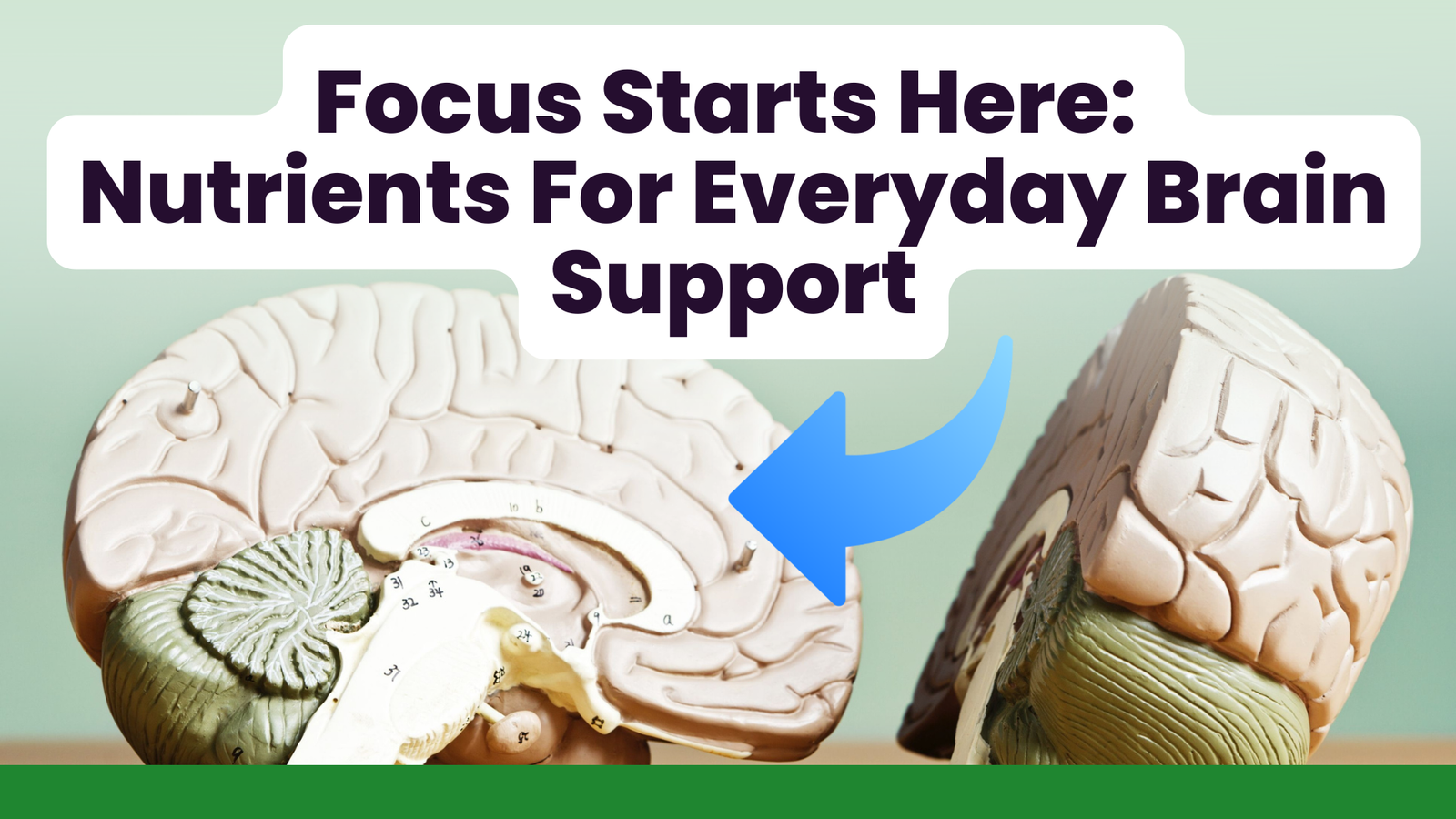
Leave a comment (all fields required)